by Scudder Wagg
Louisville, Kentucky is the largest city in Kentucky and one of the faster growing regions in the state for the last decade. On the border between North and South and on the Falls of the Ohio, Louisville has long been a crossroads of the country and a major transportation hub. Today it is the home of a major UPS hub and has a burgeoning tourist industry focused on the local spirit: bourbon. Since 1974, Jefferson County (now merged into Metro Louisville city) has had a dedicated funding source for transit, to support the regional agency: Transit Authority of River City (TARC).
Unlike other communities that have sprawled significantly, Louisville maintains a busy and dense downtown with its main community college campus and two major medical centers in the larger downtown area. Yet, while the region has grown significantly in the last 30 years, it has grown more horizontally than vertically in that time. This has created a long-term challenge for TARC: its service area has grown horizontally faster than its financial capacity has grown. This long-term trend led TARC into a challenging situation even before the pandemic. Its operating costs were exceeding its operating revenues, so it had a structural operating deficit for a decade before the pandemic. During the pandemic, federal funding helped TARC fill the structure deficit and mostly maintain its network. Now, like many agencies, TARC is approaching a “fiscal cliff” as Covid relief funds run out, operating costs go up due to the difficulty of hiring workers, and pre-pandemic fare revenue aren’t returning.
Without additional revenue, TARC is facing the possibility of cutting service levels by 50% relative to the Spring 2024 Network. TARC has already started cutting service, dropping back its weekday service to Saturday schedule of service on many routes as of June 30. But these cuts are modest compared to what’s coming if new funding can’t be found.
Our firm is helping TARC and its partners around the region consider how the transit network can change under these circumstances. TARC doesn’t want to shrink, and we certainly don’t envy their situation, but TARC has no authority to raise revenue on its own. So, the best that we and TARC can do is to clearly show what’s possible and ask the community and its leaders to tell us what they prefer.
To clarify what’s possible we have drawn three concepts to show what a future TARC network would look like. Two of those concepts are constrained to the projected revenues and require a 50% cut in service. The third, the Growth Concept, shows what could be achieved with a redesigned network and additional investment that allows TARC to grow service by 12%.
Ridership and Coverage Concepts if There Are No New Revenues
If TARC does not receive additional funding, it will have to cut service 50%. This will require a difficult tradeoff between competing goals of ridership and coverage. To illustrate this, we’ve provided two network concepts:
- The Ridership Concept focuses on providing frequent service on the areas that are more likely to use transit – where there are more people and more jobs. It keeps service focused on frequent corridors in the densest, busiest parts of Louisville, but also covers a much smaller area than today’s network. By keeping 15-minute and 30-minute service near most existing riders, this network would maintain reasonable access for most users of the existing system, and therefore maintain ridership to the maximum extent. However, some existing riders are in the low-ridership area, and they would have no service.
- The Coverage Concept focuses on maintaining the existing amount of coverage and provides some level of transit service – although at greatly reduced levels – to most of the area. Nearly all routes in the network would be hourly or worse in this network, so far fewer people would find service useful. Therefore, many existing riders would likely try to find alternatives, and few people would choose to ride this network.
As always, these are two ends of a spectrum, and not an either-or choice.
When looking at the maps, be sure to notice the colors, which indicate all-day frequency. Red means service every 15 minutes all day. The frequency colors are explained in the legend.
Here is a map of the Spring 2024 network (the one we are treating as existing for the purpose of our analysis) and maps of the two constrained Concepts.

The system as it was in Spring 2024, which we are treating as the baseline although some changes have happened since then.
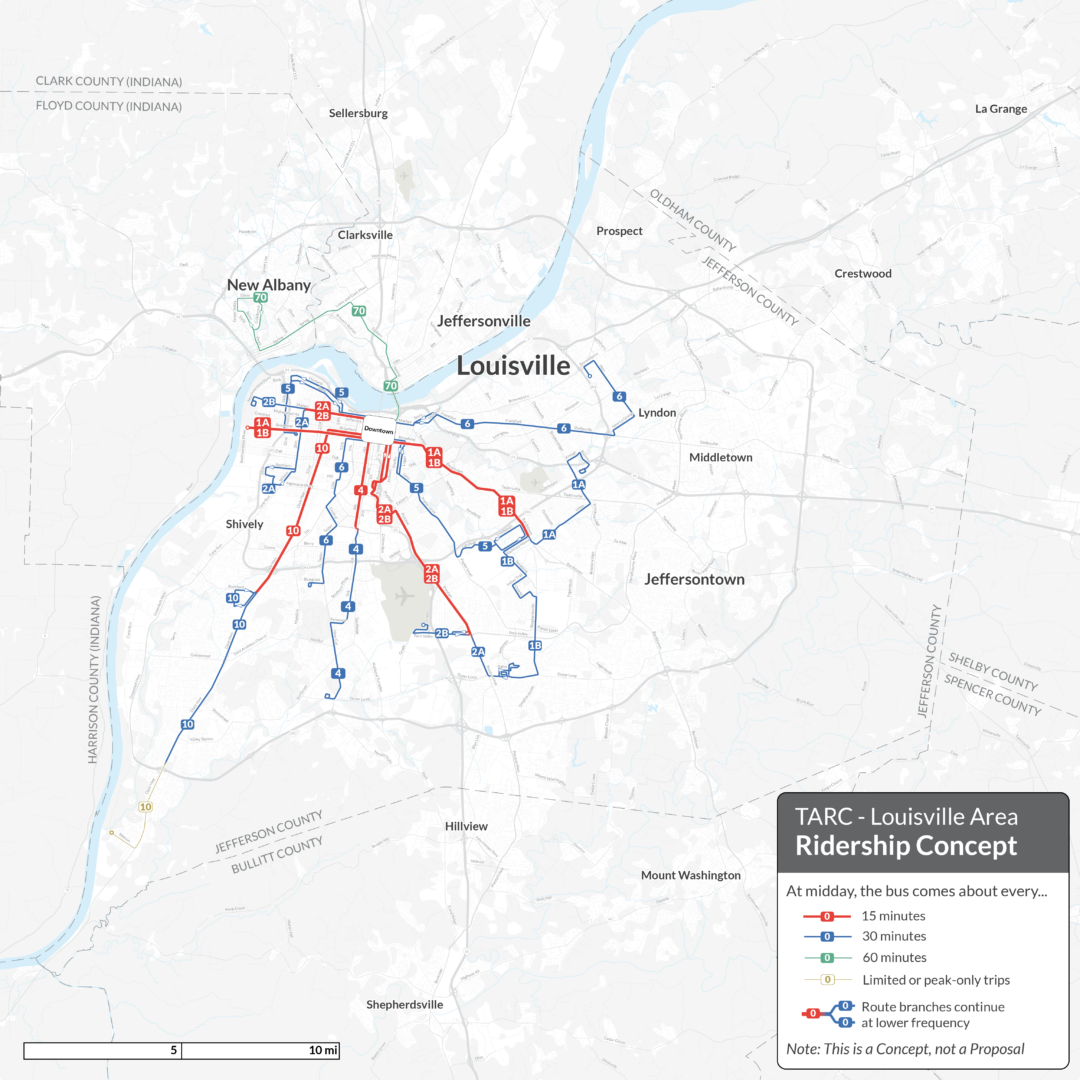
Ridership Concept: If there are no new revenues and TARC must take a 50% service cut, here is what would be left if the goal were ridership. This concept deletes all service where ridership potential is low due to the development pattern, while protecting frequencies in the dense and walkable areas where ridership potential is highest.
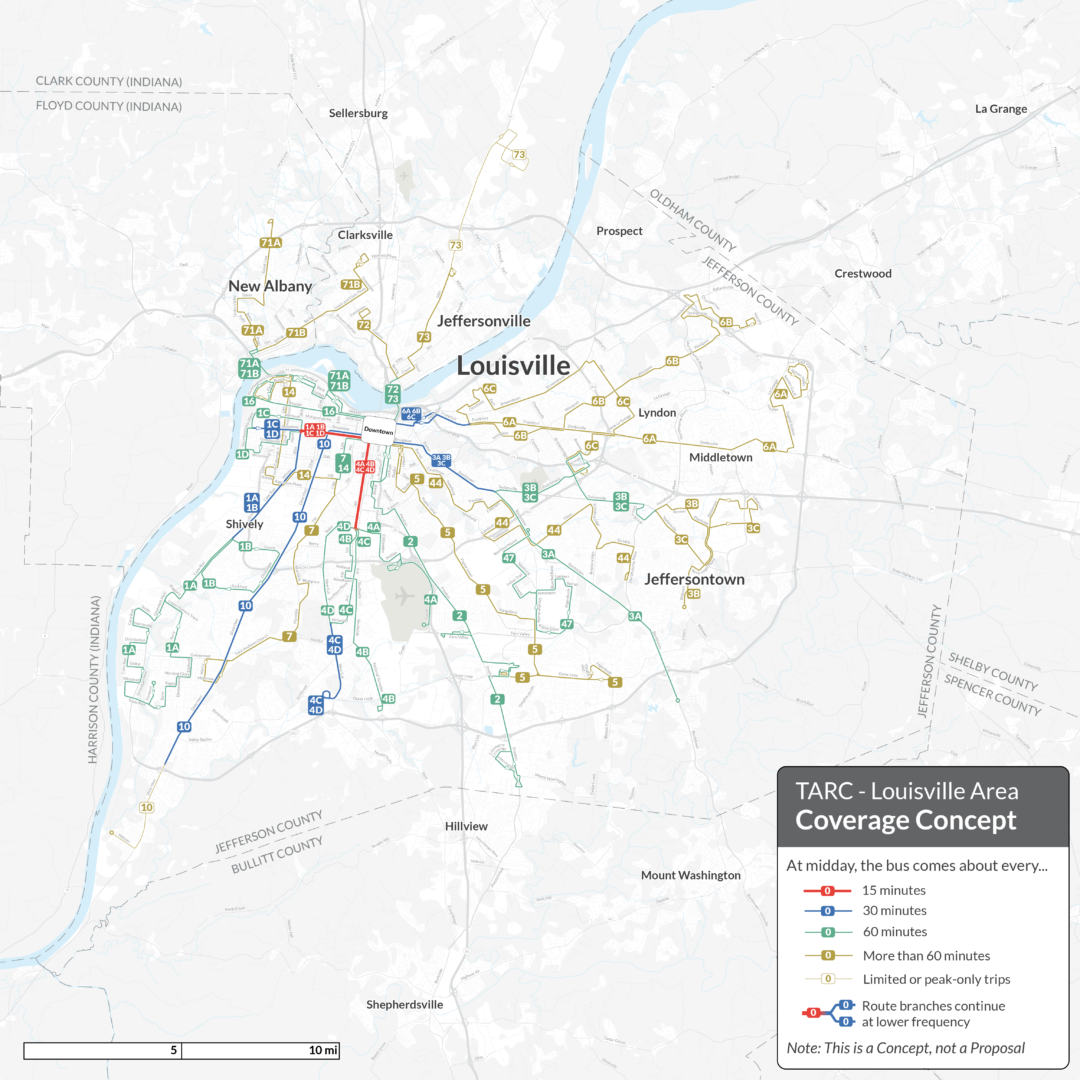
Coverage Concept: If there are no new revenues and TARC must take a 50% service cut, here is what would be left if the predominant goal were coverage. The Coverage concept retains service almost everywhere but at the cost of much worse frequencies.
Growth Concept: New Revenues
The Growth Concept shows what TARC could look like if the community can find additional funding to grow service levels and is willing to accept a big change in the network. It maximizes service in areas of high ridership potential and maintains most of the existing coverage. It also adds features to the network, like more cross-city connections, suburban transit hubs, and new routes in growing areas. This concept shows what Louisville transit would look like if TARC prioritized meeting more of the unmet transit needs of the community and could invest to position the system for future growth.
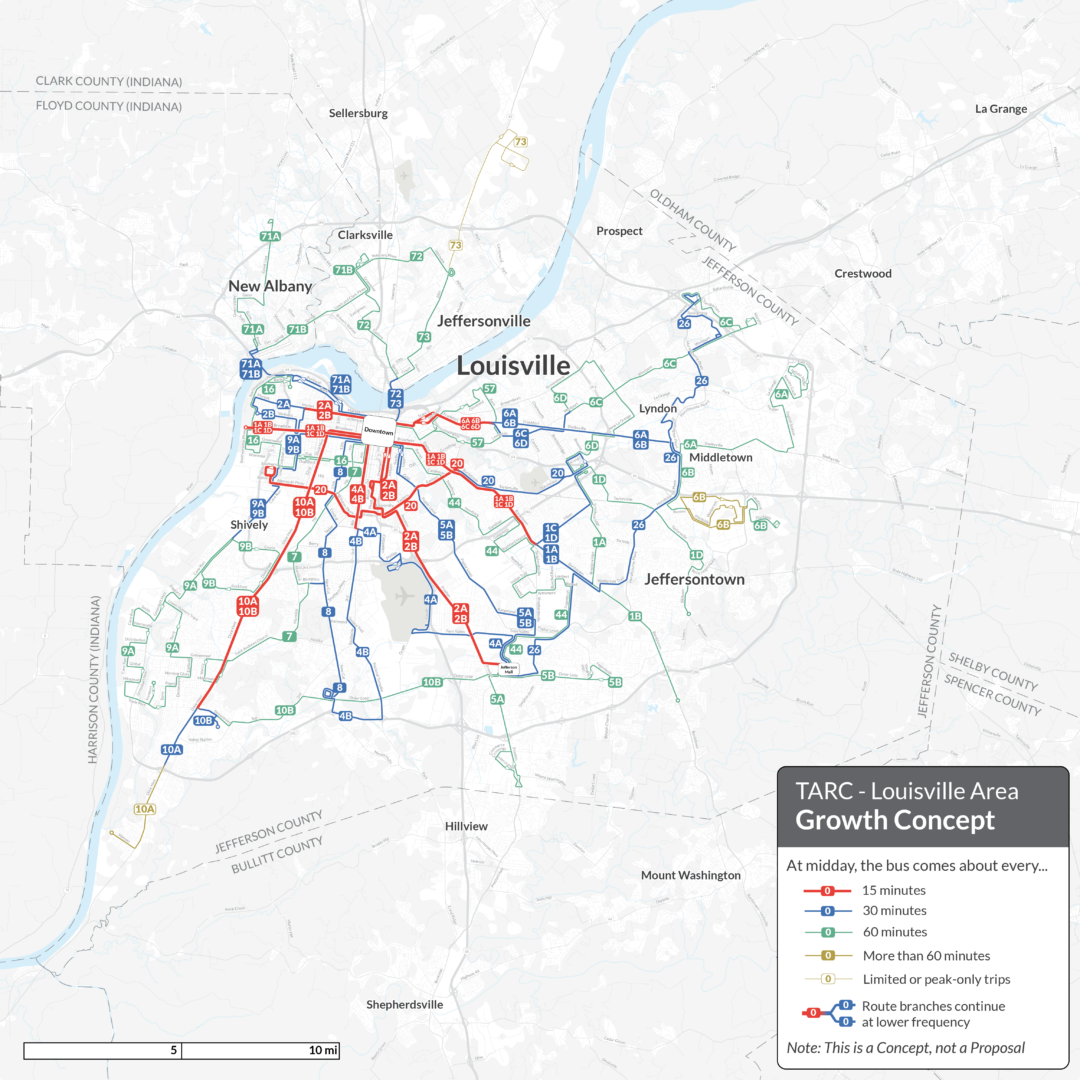
The Growth Concept shows what could be achieved with a 12% growth in service, as opposed to a 50% cut. This would require substantial additional funding for transit service, but would keep service at a level typical for comparable US cities.
The online survey is out now, and TARC staff and the project engagement team will be seeking in-person input at several events through August and September.
We often frame transit conversations around a ridership-coverage trade-off, instead of starting with recommendations. That framework is particularly relevant in this challenging and unprecedented situation for TARC. No one in Louisville has had to imagine such a massive change for transit as a potential 50% cut in service in the past, so it demands a complete shake up of the network to do the best that’s possible within the resources available. Of course, what’s best depends on the community’s priorities, which is precisely why these concepts can help everyone think clearly about their own goals for transit in Louisville.
If you know anyone in the Louisville region, send them to the project website so that they can explore further and provide their input on the Concepts. We also encourage people to read the our two reports (Existing Conditions and Concepts Reports) that detail existing conditions, these Concepts, and the outcomes of the conceptual service changes and the choices that shape transit networks.
Scudder Wagg is President of Jarrett Walker & Associates and is the Project Manager of our Louisville work.
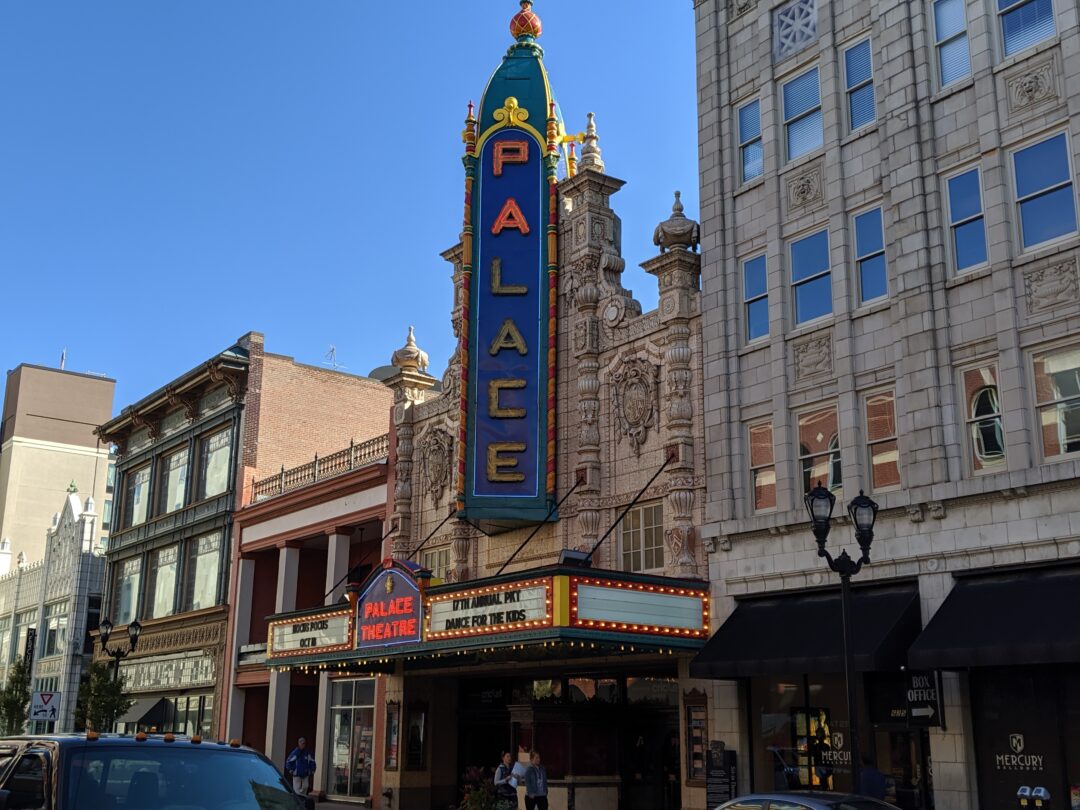
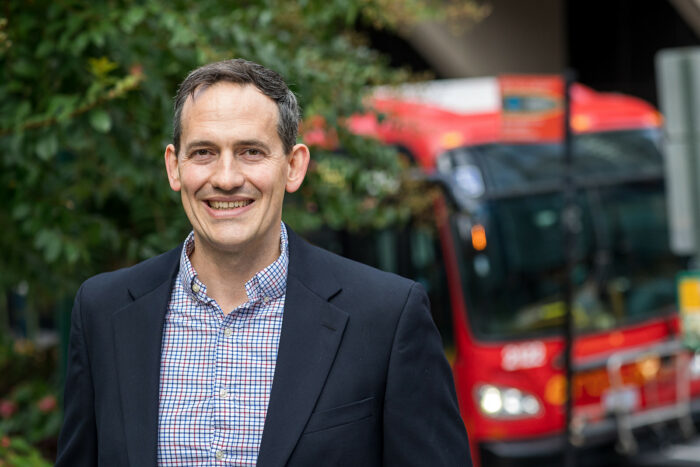



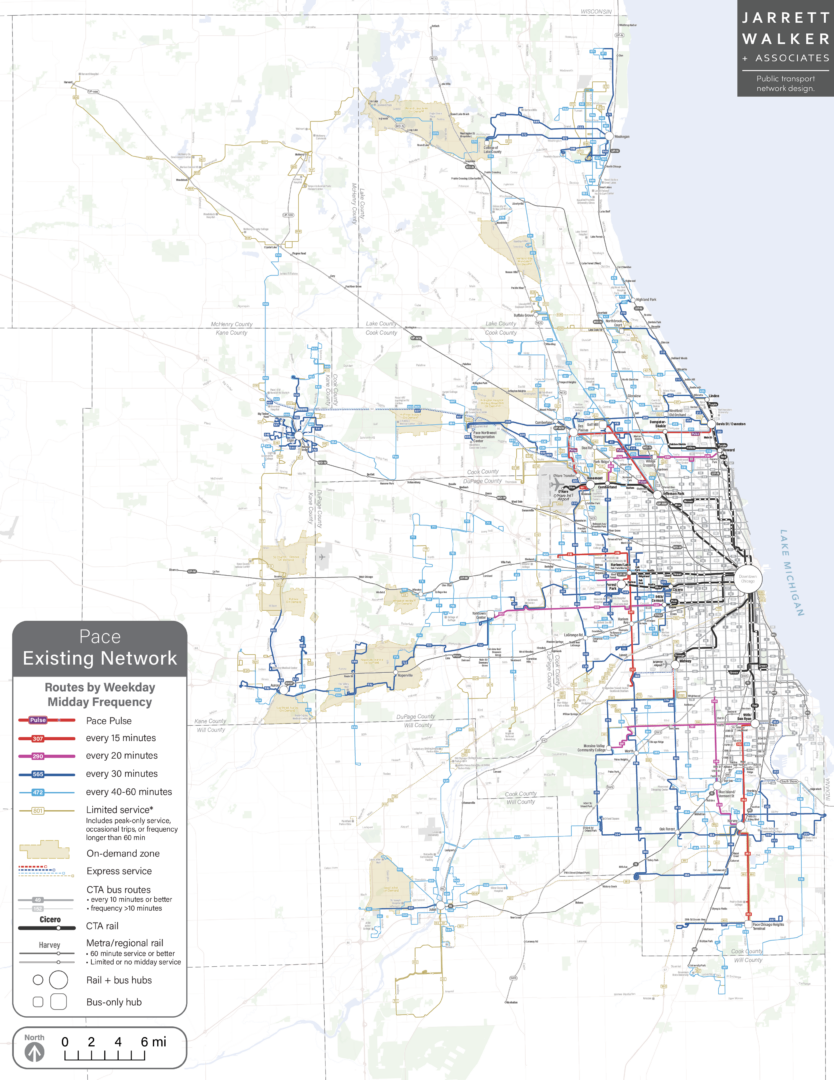
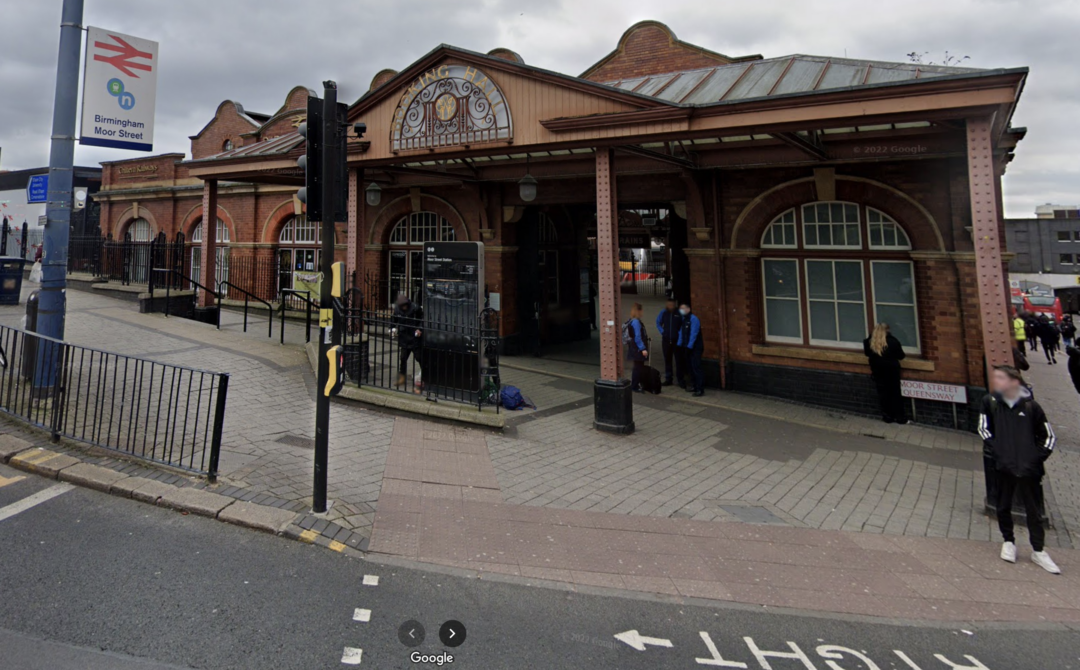
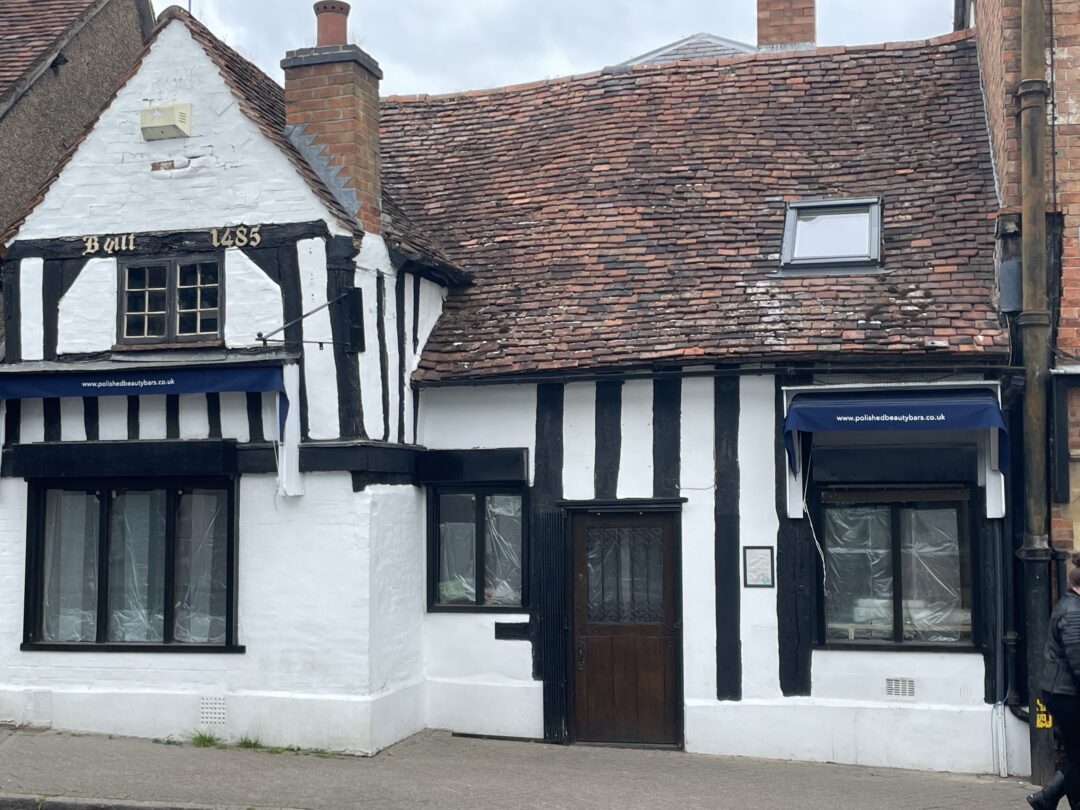
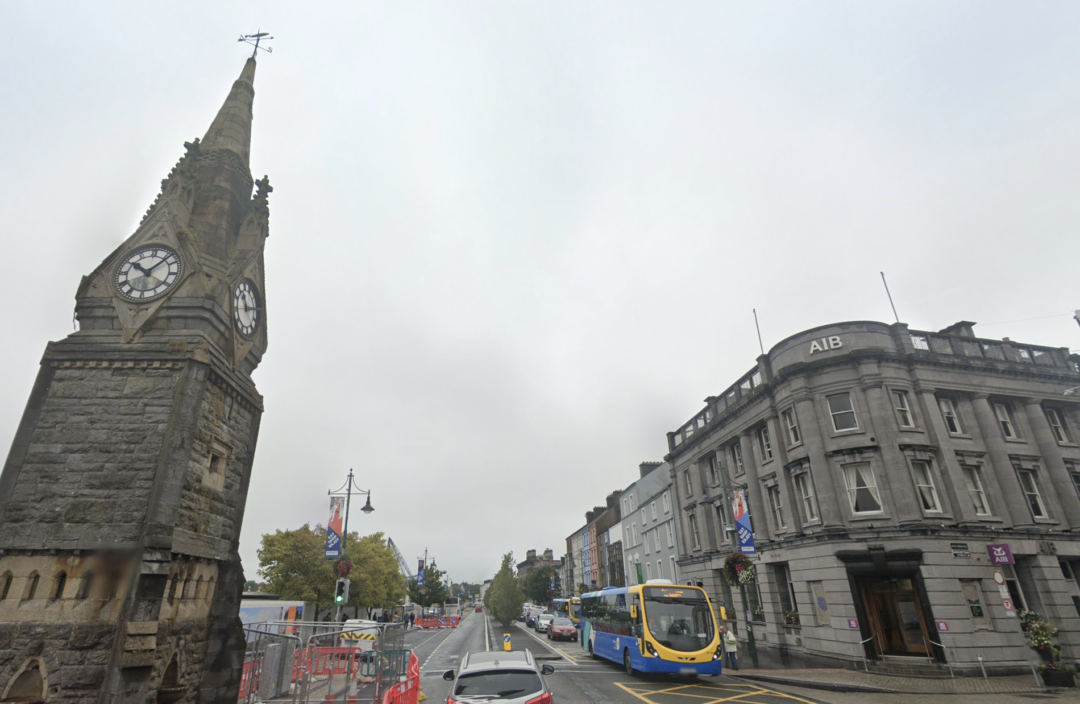

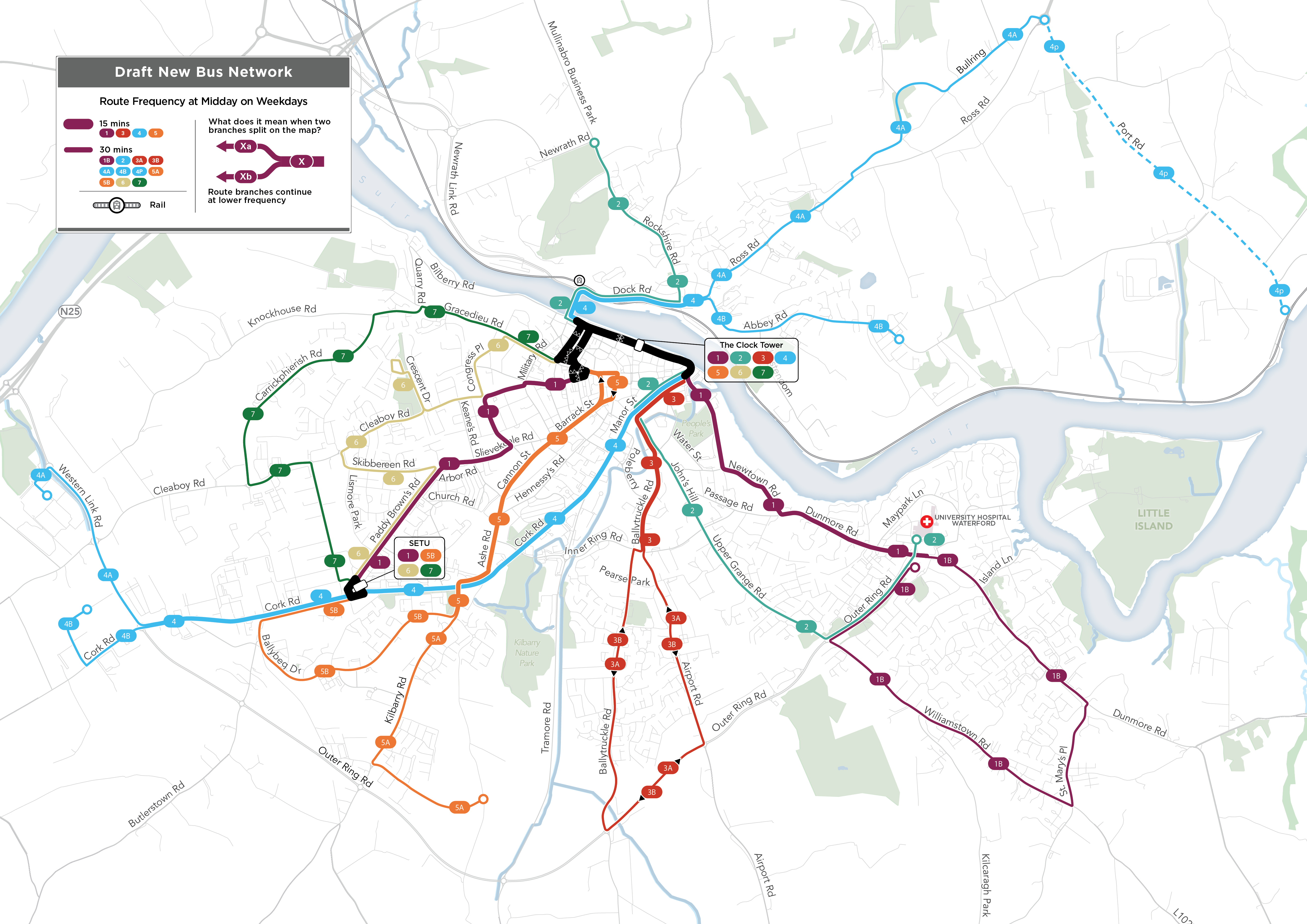
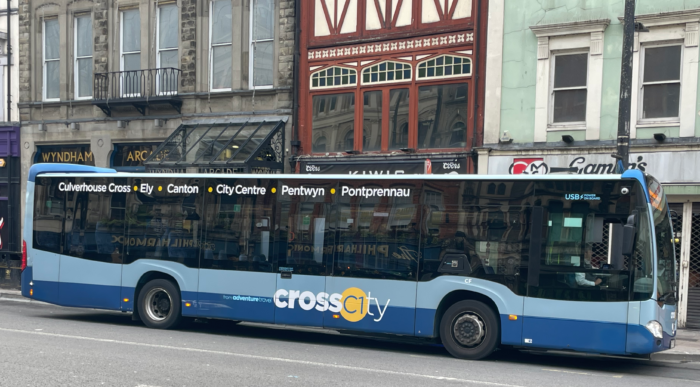
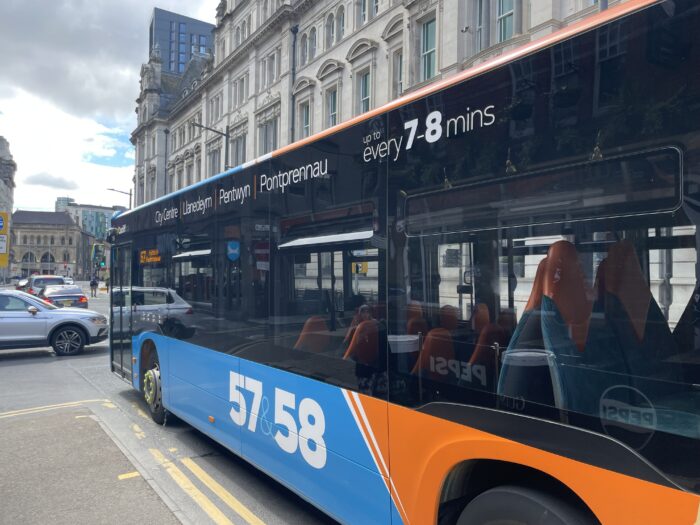
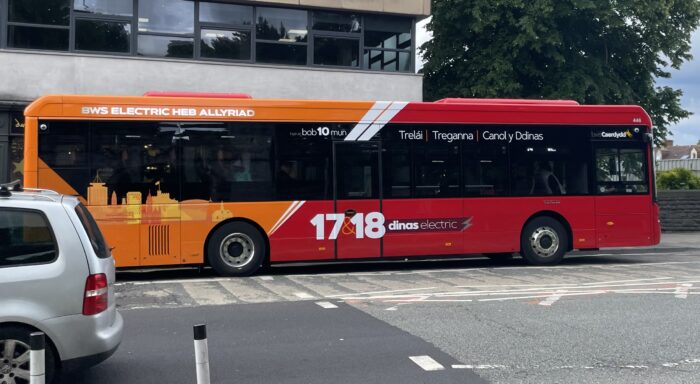
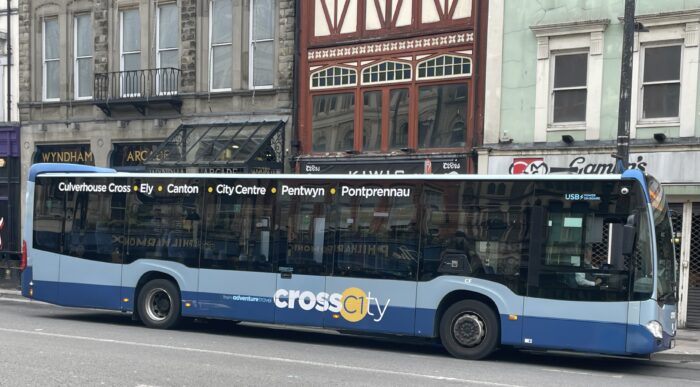
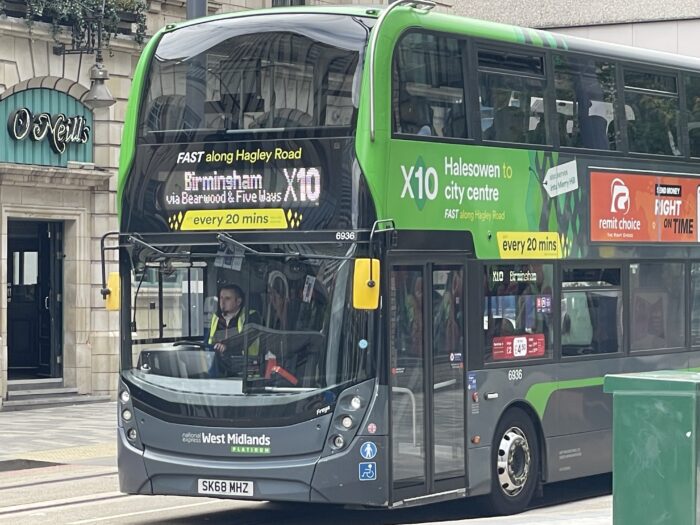

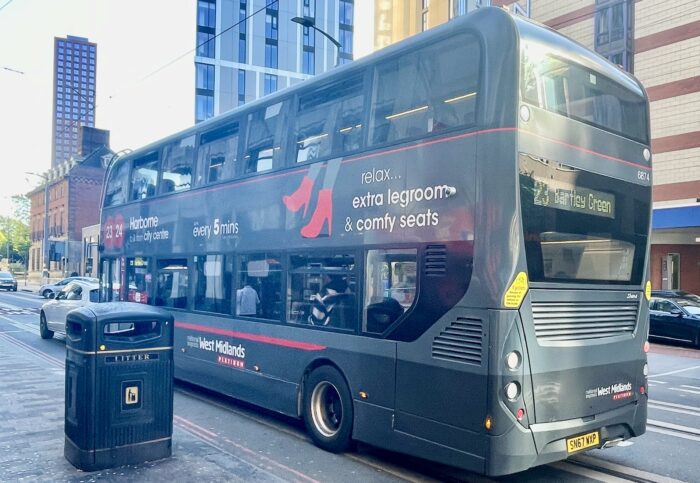

 On May 27 I’ll be doing a webinar focused on the greater Toronto area, sponsored by Transport Futures. I’ll talk about the new edition of my book and then take questions.
On May 27 I’ll be doing a webinar focused on the greater Toronto area, sponsored by Transport Futures. I’ll talk about the new edition of my book and then take questions.